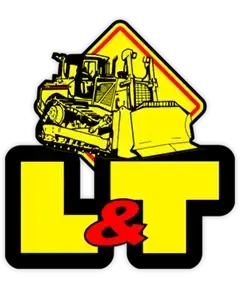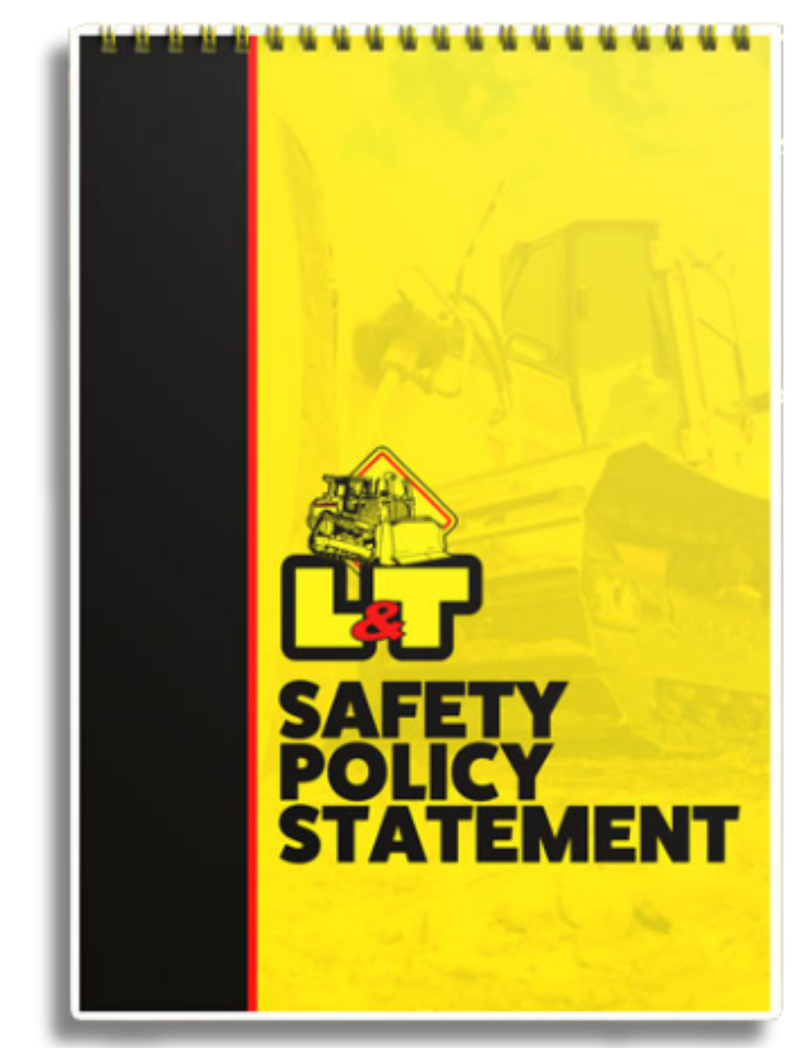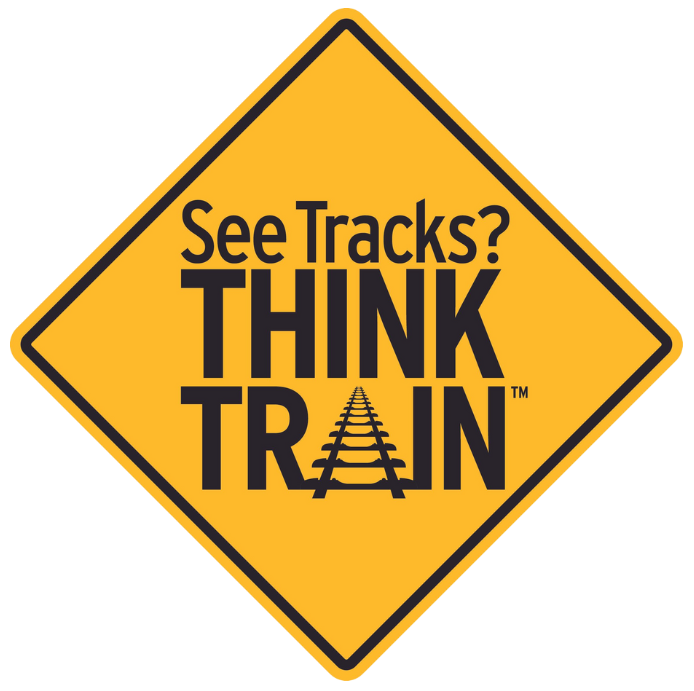L&T Construction Safety Policy
Protecting Our Team, Clients, and Communities Every Step of the Way
At L&T Construction, safety isn’t just a policy—it’s a core value that defines our entire approach to business. We believe that every project, no matter the size or complexity, must prioritize the well-being of our employees, clients, and the communities we serve. Accident prevention and safety practices are woven into the fabric of our daily operations, and our ultimate goal is to provide an environment that is safe, secure, and conducive to high-quality work.
Our safety policy is built on a foundation of
shared responsibility and accountability
at all levels of the organization. Creating a truly safe work environment requires a collaborative effort where everyone, from management to field personnel, is engaged and committed to upholding the highest safety standards.
By fostering a proactive safety mindset and promoting a culture of accountability, L&T Construction aims to set the standard for safety in the industry. Together, we can ensure that every job is completed without harm—protecting our people, our clients, and our communities.
Rail Safety:
Staying Safe Around the Tracks: What You Need to Know
Every day, nearly 13,000 American workers suffer an injury on the job. Rail safety is an essential part of our commitment to reducing these risks. Below are some critical safety guidelines to keep in mind around rail operations and tracks:
- Always Expect a Train: Freight trains don’t run on fixed schedules, and passenger train times can change frequently. Assume a train is approaching at every crossing.
- Tracks Are Private Property: Walking on train tracks is illegal and dangerous. Trains can’t stop quickly, and it takes a freight train traveling at 55 mph more than a mile—the length of 18 football fields—to come to a complete stop.
- Understand the Power of Trains: The average locomotive weighs about 200 tons—making it as powerful as 30 cars combined. The impact of a collision with a train is comparable to crushing a soda can.
- Trains Have the Right of Way: Trains always have priority over vehicles, pedestrians, and emergency services at crossings.
- Trains Can Move in Any Direction: Trains may be pushed or pulled from either direction and can extend up to three feet beyond the steel rail.
- Quiet and Fast: Modern trains are quieter than ever, and they move faster than you might think. Never assume you’ll hear a train approaching.
- Cross Only at Designated Areas: Cross train tracks only at marked pedestrian or roadway crossings. Obey all posted warning signs and signals.
- Stay Focused Near Tracks: Avoid distractions such as texting or using headphones. Be alert and aware at all times.
- If Your Vehicle Stalls on the Tracks:
Get everyone out of the vehicle immediately. Move away from the tracks and call for help.
Join Our team
At L&T Construction, we’re always seeking skilled and dedicated professionals to fill a variety of roles in railroad, transportation, and construction. We offer competitive pay, excellent benefits, and the opportunity to be part of a company that values hard work and integrity. Ready to take the next step?





